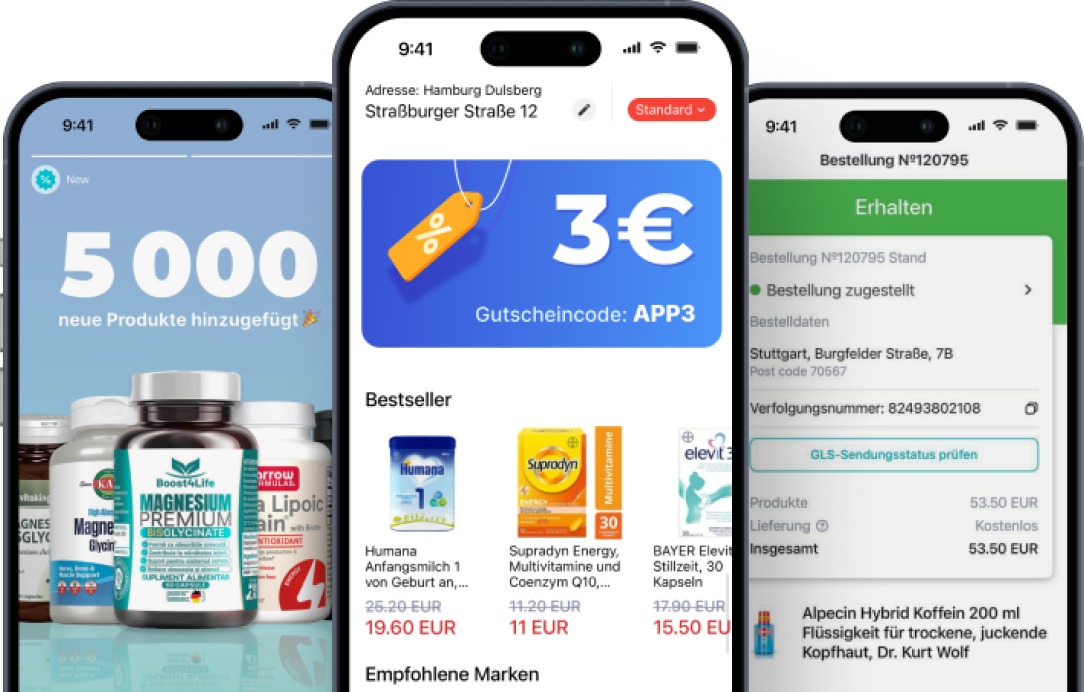Description
Protection of minor wounds and abrasions
The flexible textile patch with dimensions of 72 × 19 mm is ideal for protecting small cuts, abrasions and scratches . Thanks to the pack of 20 plasters, you will always have enough material at hand for quick and effective care of minor wounds.
Features:
The Healee patch protects
It allows the skin to breathe
Promotes faster healing
Suitable for different types of wounds
Due to its size, Healee flexible plaster is ideal for minor cuts, abrasions and scratches. It is designed to provide protection wherever you are and, thanks to its flexibility, easily adapts to different parts of the body .
Fast and efficient care
With a pack containing 20 plasters, you will always be ready to react quickly in everyday situations where first aid is needed for minor injuries. This patch is easy to apply , thanks to which you can easily provide quick and effective care for minor wounds.
Natural breathability to promote healing
One of the key properties of the Healee patch is its ability to allow the skin to breathe . This is essential for faster and more effective wound healing, as natural air circulation is key to the skin regeneration process.
Convenient and discreet protection
The flexible textile material of the Healee patch is comfortable and discreet . It is a great solution for those looking for protection that is not too visible, but at the same time easy to use and effective .
How are patches used?
Applying the patch is usually a simple process, but it is important to follow the correct procedure for effective protection and quick healing . Follow these steps:
Preparation:
- Make sure the wound or abrasion is clean and dry
- If it is not, wash the affected area with soap and water and gently dry it
Using the patch:
- Open the package and carefully remove the patch
- Remove the paper or protective film from the back of the patch to expose the adhesive side
- Carefully apply the patch to the wound or abrasion, making sure the entire affected area is covered
Fastening:
- Gently press the patch so that it adheres well to the skin
- Make sure the edges of the patch are well taped to prevent bacteria or dirt from getting in
Patch Change:
- The patch should be changed regularly according to the instructions on the package or as needed
- When changing, remove the old patch and repeat the procedure with a clean patch
Notice:
- When removing the patch, be careful and do it slowly to avoid damaging the skin
Consultation with an expert:
- If you have any concerns about your wound, its healing, or if complications occur, talk to your doctor or health care professional.
What can I do to make the skin patch last?
In order for the patch to stay in place as long as possible and provide optimal protection, it is important to take care when applying it. Here are some tips:
- Prepare the skin surface Before applying the patch, make sure the skin surface is dry and clean. Wash the wound or abrasion with mild soap and water and then dry thoroughly.
- Do not lubricate Avoid using greasy or oily creams on the area where you will apply the patch. Oily substances can affect the adhesion of the patch.
- Surface structure intact Ensure that the skin at the application site is not affected by excessive clothing friction or movement that could dislodge the patch.
- Attention to hair If you apply the patch to an area with hair, make sure that the area is smooth and that the hair does not interfere with the adhesion of the patch.
- Use with caution Avoid excessive tension when applying the patch. Apply it carefully and evenly, making sure the entire surface of the patch adheres to the skin.
- After application, press After applying the patch, gently run your fingers along the edge of the patch to ensure that it adheres firmly to the skin.
- Excessive pressure Make sure the patch is locked without wrinkles or air bubbles. Avoid putting excessive pressure on the patch.
- Use a quality plaster Quality plasters have better adhesion and are designed to stay in place even in difficult conditions.
If the patch continues to come off, it is advisable to replace it with a new one in time. Following these tips will ensure that the patch provides optimal protection and stays in place for as long as possible.
How to remove the patch without pain?
Painless removal of the patch is important to avoid injury or irritation to the skin. The following steps may help:
1) Preparation: Wash your hands to prevent transfer of bacteria to the wound or abrasion. Prepare a new patch to use after removing the old one.
2) Gently remove the patch: slowly and carefully start at the end of the patch, gently pulling the skin outwards from the adhesive side. If the patch sticks too tightly, try to remove it close to the skin, almost parallel to it.
3) Use water or oil: If you have trouble removing the patch, you can moisten the edges with water or body oil. As you gradually remove the patch, it should slowly loosen.
4) Apply a warm compress: Apply a warm compress to the patch for a few minutes. A warm compress will help soften the glue and make it easier to remove.
5) Do not tear the patch: Avoid removing the patch quickly or suddenly, which may cause skin irritation or pain.
6) Use a patch remover: You can also try special patch removers that are designed to dissolve the adhesive and make removal easier.
How to remove the adhesive after the patch?
1) Use oil: Moisten the bonded area with oil such as olive oil or other vegetable oil. Allow the oil to work for at least a few minutes to loosen the adhesive.
2) Remove the adhesive with a cloth or paper towel: After letting the oil sit for a few minutes, wipe the area with a cloth or paper towel. The glue should be softer and easier to remove.
3) Use soap and water: If the oil didn't help, wash the affected area with warm water and soap. The soap should help dissolve the glue residue.
4) Try alcohol or acetone: If oil and soap aren't enough, try alcohol or acetone. Use them carefully so as not to damage your skin.
5) Do not use sharp objects: Do not use sharp objects such as knives or tweezers to remove the adhesive to avoid injury to the skin.
6) Rinse and dry: Finally, rinse the affected area with water and dry gently.
Always make sure you use methods that are suitable for your specific skin type and that there are no irritations or allergic reactions . If in doubt, consult your doctor or pharmacist.
See also other products of the Healee brand, which you can find in the categories First aid kits and bandages, Medical supplies and Split plasters. If you are not sure about the choice of this product, get inspired in the Split Patches category.
Features
| Product code | 383120 |
| Brand | Healee |
| Delivery from | Slovakia |
Reviews
All reviews

There are no reviews for this product.


































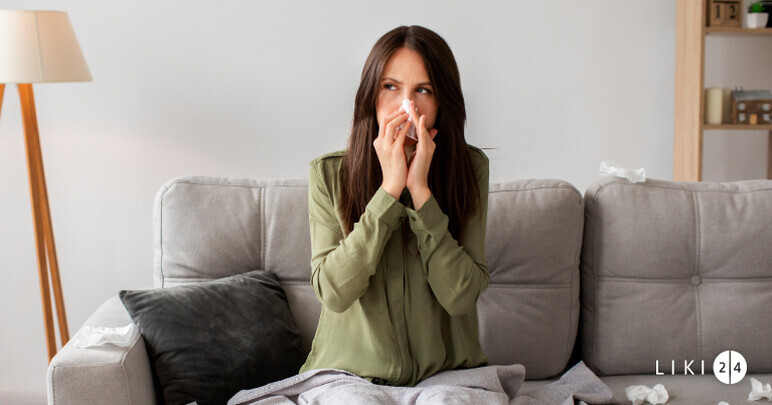


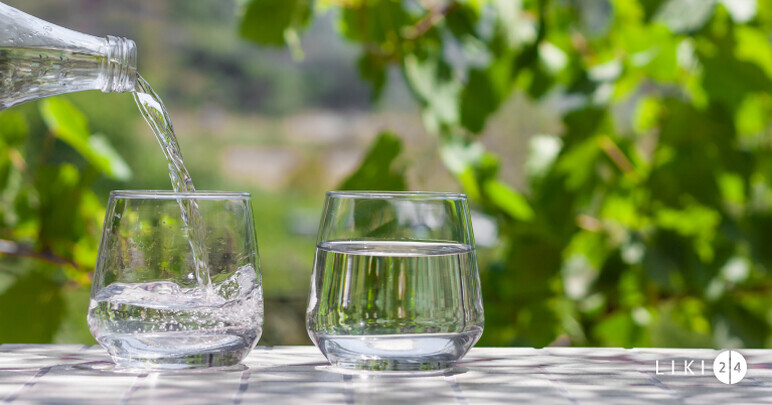
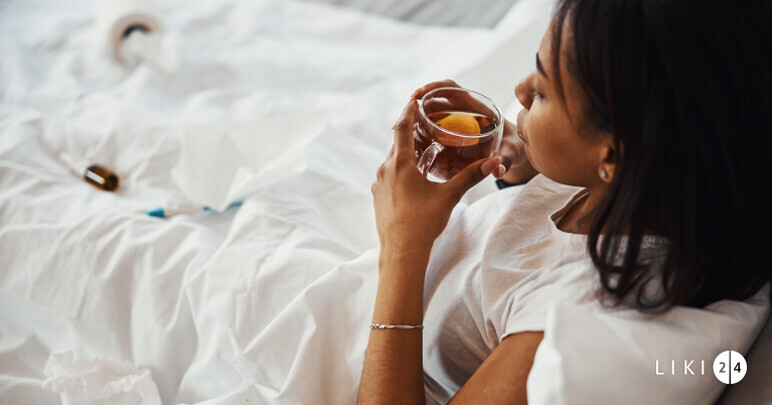

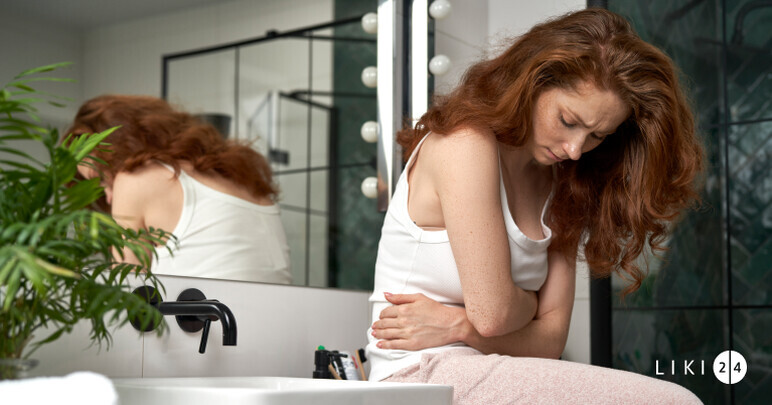

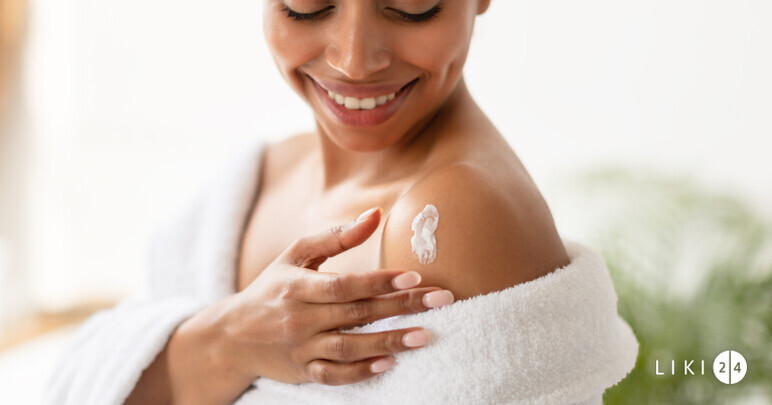






















 Description
Description 



